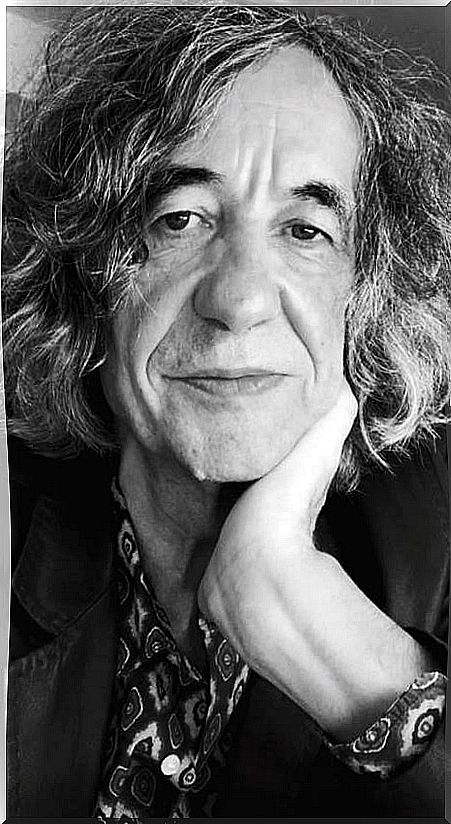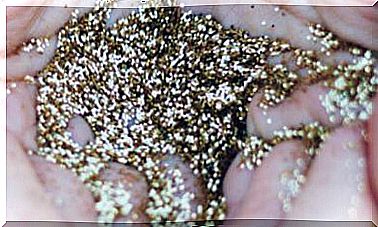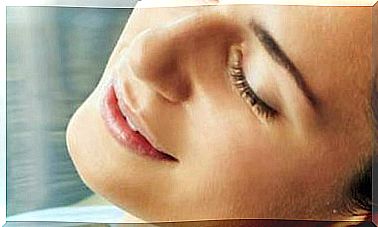“Mental Disorders Have Been Invented”
José María Álvarez is one of the founders of La Otra Psiquiatría, a movement that defends that the culture of the prescription against mental illness is obsolete and that a more humane psychiatry it would be more effective.

The psychoanalyst José María Álvarez is the author of more than eighty publications on psychopathology and psychoanalysis, including books such as The Invention of Mental Illnesses (Editorial Gredos) and Hablemos de la locura (Xoroi Edicions).
He is one of the founders of The Other Psychiatry, a movement that considers diagnostic deconstruction urgent in current psychiatry because it maintains that mental illnesses do not correspond to a biological disorder. It is also committed to developing a closer and more committed relationship with the patient.
Interview with José María Álvarez
How did this movement come about?
It emerged in the Dr. Villacián de Valladolid psychiatric hospital to establish bridges and strengthen ties with other colleagues in the health environment who had a psychoanalytic orientation. Our interests were very clear: psychoanalysis, psychopathology, and dealing with the madman. After having achieved a certain echo even beyond our borders, we are still a few friends who meet to talk, above all, about madness. Most of us work in public health and we intend to contribute to the theoretical vigor of psychoanalysis and its therapeutic efficacy. More and more experts accompany us.
The rise of the Other Psychiatry movement has exceeded all expectations. What is the reason for this boom?
Most of the followers of The Other Psychiatry are young people unhappy with the training they receive at the university and in hospitals, who limit themselves to teaching how to fill four prescriptions, give some advice and until the next appointment … practice is learned very quickly and does not commit to almost anything. The tricky thing is knowing how to talk to someone who is sick, crazy, unhinged; knowing how to appease a suicide or play dumb with a paranoid. These seemingly simple things require years of apprenticeship, supervision, teaching, and good clinical guidance. But not only are young clinicians fed up, so are patients who are looking for someone to talk to about their suffering and feel supported and accompanied to find the right way out.
You do not consider mental illness as a purely biological issue …
Indeed. If so, it would not be mental illnesses but brain illnesses. Then, those in charge of treating them would be specialists in neurology, family medicine or internal medicine. Material support is one thing and what motivates mental or psychic disturbances is another. If I want to see a friend and set out to visit him, it is evident that I am reunited with him thanks to the movement of my legs. And it is also obvious that if I am injured and cannot put my foot down, I will have to postpone the appointment. Now, despite the importance of these limbs in locomotion, it is probably not my legs that move me towards him, but my desire to be by his side. I am inclined to think that if my desire failed me, even if my legs worked perfectly, I would not travel very far and give up the encounter. Something similar happens with the brain. Young psychiatrists no longer want to treat by prescription:
“Young specialists are increasingly fed up with being mere tools of the industry or mere quieters of social noise with therapies that only work for those who do not have major problems. The clinic is more than scientific talk. Stuffing your mouth with science doesn’t solve the discomfort we deal with on a daily basis. “
The human condition is more than matter.
Yes. They have invented mental illness and dangerously over-medicate. It has been suggested that diseases arise from the brain and that drugs reverse them, but it is false. Furthermore, psychopathology teaches quite precisely how to distinguish organic diseases that are expressed with mental signs from properly psychic alterations.
So what do you propose to approach, understand and treat mental illness?
We must strive to know how to speak to patients so that words and our presence are beneficial to them. The fundamentals of the clinic are based on the simplest and most profound questions. We always start from our curiosity to find out why such a person suffers or enjoys one thing and not another. That is essential to help her. And in order to do this, essential questions must be asked, those that a first-rate clinician or novelist would ask when constructing a character and developing a plot. In the book Let’s Talk About Madness, I wrote that the quintessence of our clinic is organized around these simple and obvious questions: what, how, when, where, why and for what. With these questions in mind, we deploy the investigations that should be followed. Even when we are facing any subject who is not crazy, we can ask him directly how to explain what happens to him, a question that often opens the door to the back room of the soul.
Spain is the first country in the consumption of psychotropic drugs …
Its current excessive consumption has been promoted for half a century, when the ambitious process of turning many problems, misfortunes and calamities of daily life into medical diseases. The first step in that process was to create a supposedly scientific classification of mental disorders, which was called DSM-III. Once the classification is had, these invented diseases are given a nature card. And I also say supposedly scientific because the disorders that are included in that taxonomy were voted by show of hands by a group of experts, as if the facts that science talks about were decided by vote. This psychiatric classification is one of the best-made rhetorical works I have ever read.
What do you mean?
It was promoted through press campaigns in all types of communication media and specialized magazines. According to critics of this movement, multinational pharmaceutical companies paid for clinical trials, bought opinion leaders and, through these and their various societies, other specialists, doctors and street people were informed, of the scientific evidence that was allegedly discovered. The first supposed evidence was that mental illnesses are caused by neurochemical alterations; the second, that these alterations could be reversed only with the psychotropic drugs that the multinationals manufacture. A great deal, despite the fact that these evidences are false.
And the consequences have been very negative for health?
This medicalization of the dramas of existence has been especially disastrous for millions of people who have been put on the wheel of mental health and, with it, in many cases, their health has deteriorated. If these premises had been true, today, that we have better drugs and psychotherapies, the number of patients would have decreased. But it has not diminished. On the contrary, it has increased. Many of us attribute this gradual increase to the pathologization of which I spoke, that is, to the transformation into diseases or disorders of many life problems. And that process has contributed to creating weaker, sicker and more irresponsible people, dependent people who need the help of the psychologist or the doctor to face the setbacks that are part of everyone’s life. Today, half a century later, we are trying to reverse this pathologization process and call attention to the false belief that all the ills of the soul can be solved with a pill.
It has been suggested that diseases arise from the brain and that drugs reverse them, but this is false. That is why the patient is currently over-medicated in a dangerous way.
Do you think it is possible to revive a melancholic without pills?
There are some melancholic people who do not need psychotropic drugs, except in critical moments. The usual thing is that they take medication because it usually comes in handy to temper the excesses of the pain of the soul that their madness entails. In my view, in some patients the main vivification of melancholic agony and desolation is provided by the transference, that is, the relationship with the therapist. This breath of life only occurs when the clinician knows how to let himself be used and the patient consents to put into words something of his unworthiness, of that essential evil that he is for himself and for others. When the clinician, as I said, allows his patient to take something of his life, his desire and his enthusiasm with each visit, the patient leaves like the vampire after biting the victim. With melancholy we must allow ourselves to be vampirized.
What are the “mental illnesses” that our culture produces most frequently?
With the diagnosis of anxiety-depressive syndrome we could diagnose most of the patients who consult us. This indicates that anxiety and depression are widespread today. Postmodern man brandishes in the terrain of desire. He is the man of the excessive consumption of objects, the one who trusts that these objects suture the division, complete the lack and satisfy the desire. But the satisfaction of desire becomes problematic. Depression, bipolarity and addictions show this paradoxical relationship with desire and portray the man of our days.
What have you learned from your dialogue with your “crazy” patients?
What daily dealings with them teach me is the double face of being in its most radical aspect. On the one hand, the pathos of needing madness to survive, and, on the other, the miracle of overcoming the misery of life thanks to madness and the deception of delirium. Madness is above all a defense to survive:
“The madman does not completely lose control of himself. Even if he decides wrong, he is the one who chooses. For this reason, madness is a defense: the more helpless a subject is, the more he makes use of madness. Mental illness, on the other hand, is an irremediable misfortune in which the subject is abolished. Therefore, in my opinion, it is preferable to speak of madness than of mental illness. “









